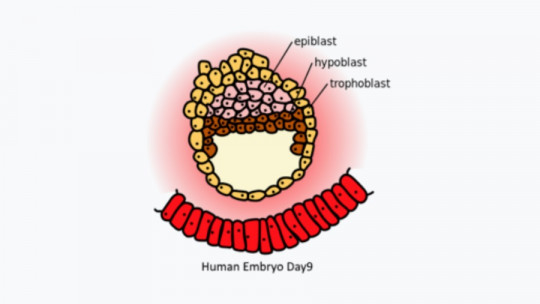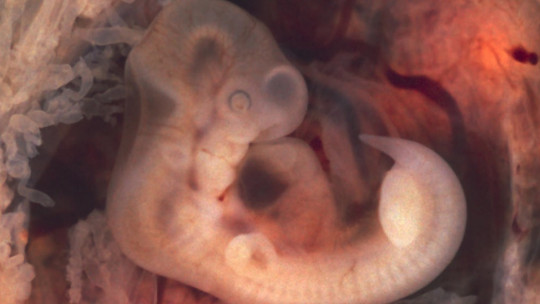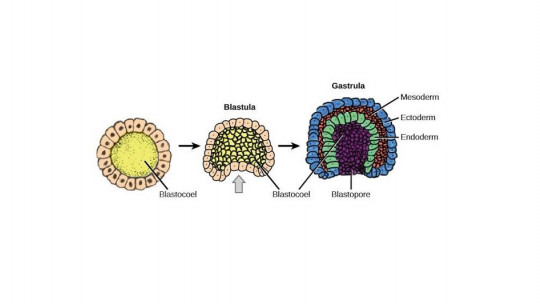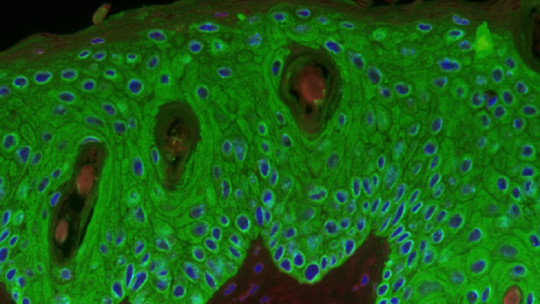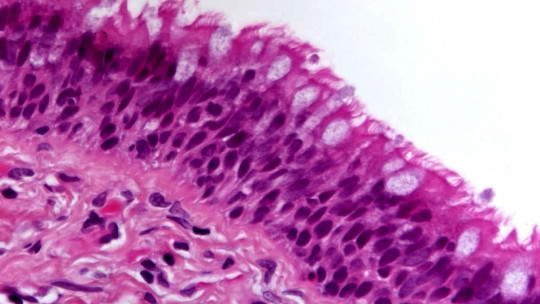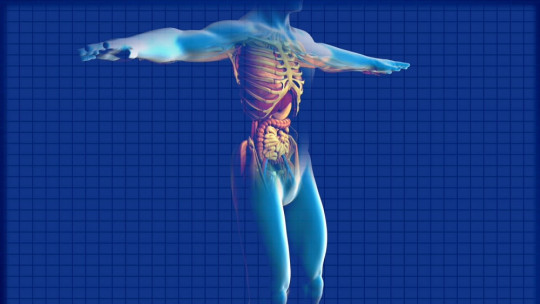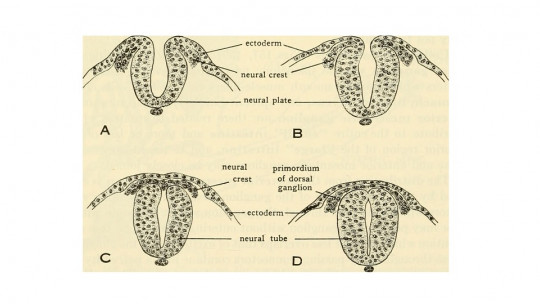
The largest system or organ that makes up us, both human beings and animals, is the skin. This organ serves as a protective barrier for the entire organism and is made up of three main layers: the epidermis, the hypodermis and the hypodermis. The first of them, the epidermis (the outermost layer of the skin), begins its development from the embryonic period, from an earlier set of tissues called ectoderm
In this article we will see what the ectoderm is and what it is responsible for, as well as the specific moment of development in which it originates.
What is ectoderm?
The ectoderm is the outer germ layer in the early embryo It is one of the three germ layers of embryonic origin, which is found in both vertebrate and invertebrate animals. Broadly speaking, it is a set of cells that form the large tissues of our body, and that arises from the first weeks of gestation.
The ectoderm has been studied since 1817, when Christian Pander, a doctoral student at the University of Würzburg, Germany, discovered two embryonic plates in vertebrates, which subsequently led him to discover a third which was later called ectoderm. Later, in 1825, embryologist Martin Rathke discovered the same cell layers in invertebrate animals
Towards the 19th century, it was Karl Ernst von Baer from the University of Konigsberg in Prussia, who extended this research and took it to different species. The same researcher is credited with the first description of the blastula stage, which we will see developed later.
How does it develop during pregnancy?
During embryonic development, cells undergo a multiple process of cell division. Eventually, The cells generated by this process reach a stage called gastrulation It is in the latter when the embryo organizes three different germ layers.
One of these layers is the ectoderm. The others are the mesoderm and the endoderm. Together, the three layers that make up the skin tissues, nerves, organs and muscles. They differ from each other by the depth at which they are found, as well as by their particular functions.
Once gastrulation is completed, the embryo enters another stage known as neurulation, at which time the development of the nervous system begins. This stage is characterized by a thickening of the ectoderm, which allows the generation of “neural plates”. In turn, the neural plates gradually thicken and They lay the foundations for both the development of the nervous system
In other words, the central nervous system is made up of a first neural plate made up of ectodermal cells that are found on the dorsal surface of the embryo. This generates a neural tube that will later form the ventricles and the cells necessary to consolidate the peripheral nervous system and the motor fibers that compose it. To better explain this process, the ectoderm has been divided into different parts.
Parts of the ectoderm
During the neurulation stage, The ectoderm is divided into two large parts: the superficial ectoderm and the neuroectoderm.
1. Superficial ectoderm
The superficial ectoderm gives rise to the tissues found on the outermost surface of the body for example the epidermis, hair or nails.
2. Neuroectoderm
The neuroectoderm is divided into two main elements, which will later shape the nervous system. One of them is the neural tube, precursor of the central nervous system in the embryo, as well as the brain and spinal cord.
The other is the neural crest which gives shape to many of the bones and connective tissues of the head and face, as well as some parts of the peripheral nervous system, such as some nerve ganglia, and also the adrenal glands and melanocytes (which give rise to the myelin).
In other species, the ectoderm fulfills similar functions. Specifically in fish, the neural crest shapes the spine, and in turtles it helps form the shell.
Its functions
As we have seen, the ectoderm It is the layer from which the skin and all sensitive structures derive Being a layer, it is made up of groups of cells that fuse with each other during the embryonic development of all animals. In vertebrate animals, the ectoderm is responsible for the development of the following tissues:
On the other hand, in invertebrate animals such as cnidarians or ctenophores (relatively simple aquatic animals of the taxonomic category “phyla”), the ectoderm covers the entire body, so in these cases the epidermis and ectodermis are the same layer.

